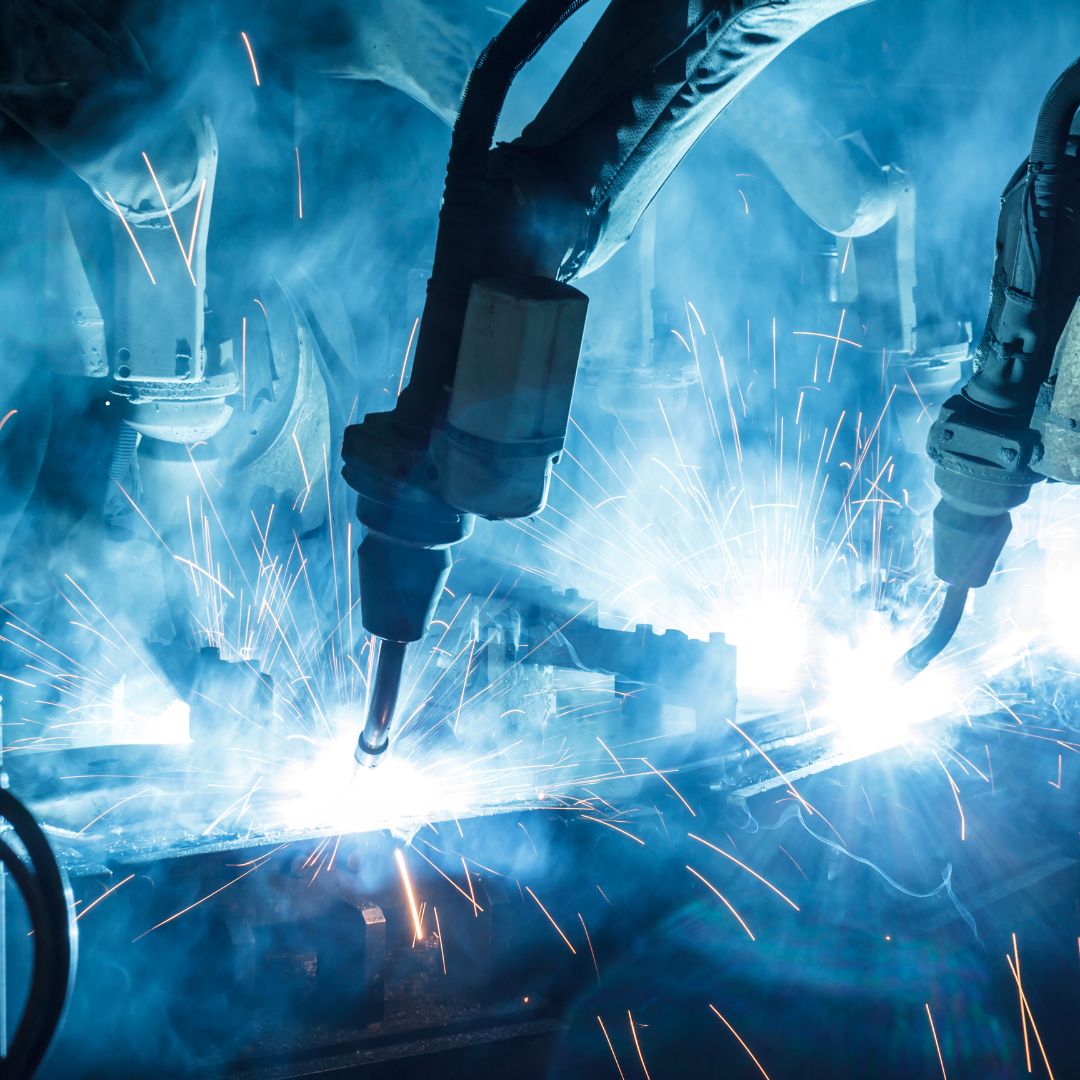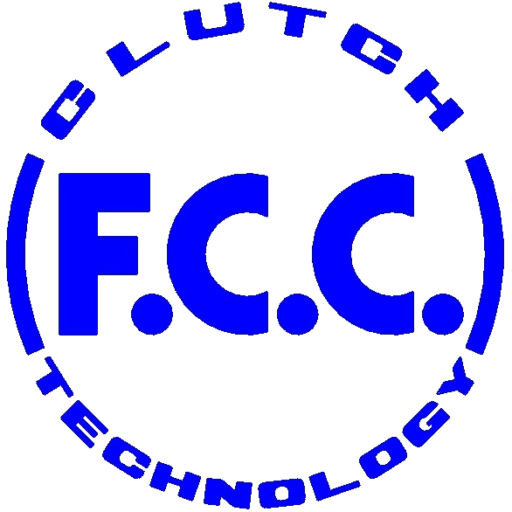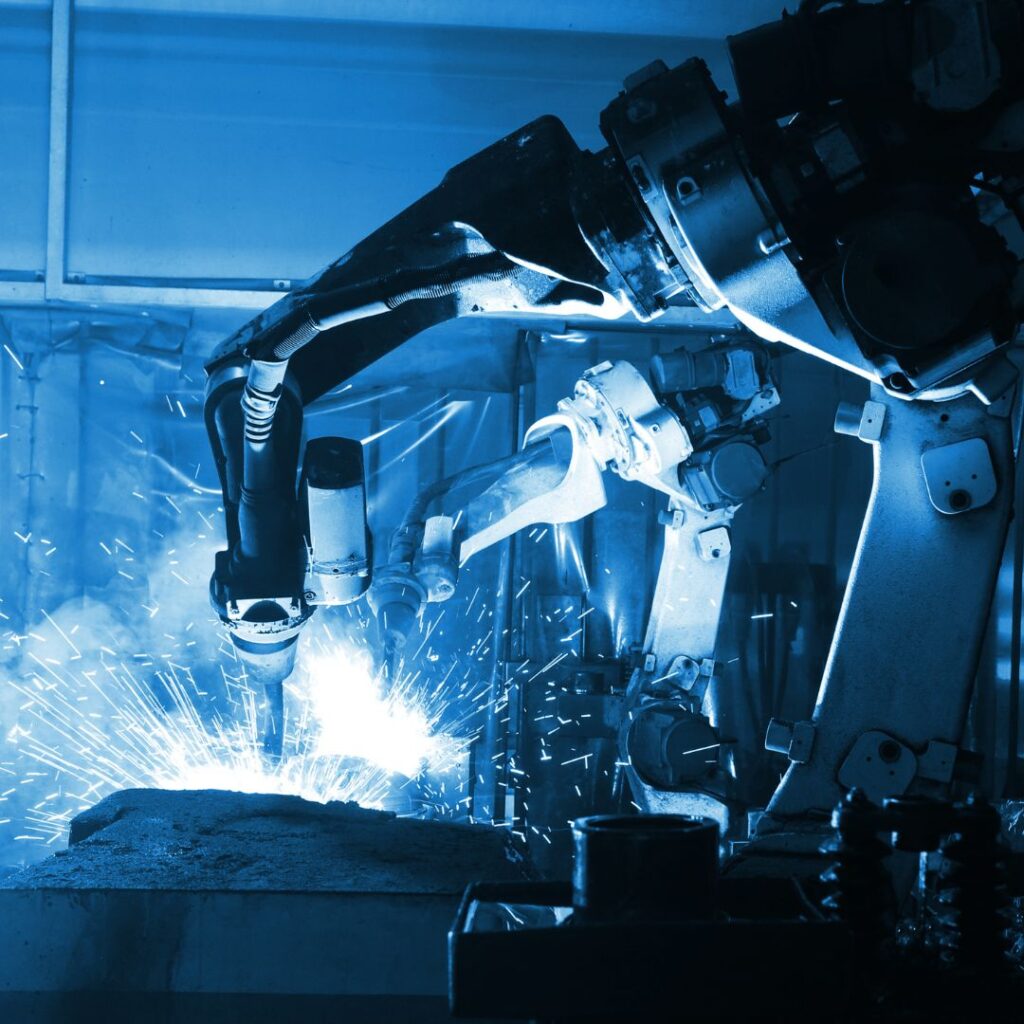Welding dissimilar materials is an intricate process that brings together the strengths of different metals or alloys to create unique and functional structures. These materials may differ in terms of melting points, thermal conductivities, or mechanical properties, making the welding process complex. Successfully welding dissimilar materials requires a deep understanding of their characteristics and how they interact during the welding process. However, this specialized technique presents its own set of challenges but also offers remarkable opportunities for innovation in various industries.
In this blog, FCC-NA will explore the nuances of welding techniques for dissimilar materials, from understanding the inherent challenges to advanced techniques and future trends.
Learn About Our Welding Techniques Today!
Importance and Applications of Welding Dissimilar Materials
The ability to weld dissimilar materials opens up a world of possibilities in engineering and manufacturing. This technique is crucial in industries like aerospace, automotive, and electronics, where combining materials with different properties can lead to lighter, more durable, and more efficient products. For instance, welding aluminum to steel can produce a lightweight component with high strength, ideal for automotive parts.
Overview of Common Dissimilar Material Combinations
Common combinations include:
- Aluminum to Steel: Often used in automotive applications for weight reduction.
- Copper to Stainless Steel: Common in electronics and electrical applications.
- Titanium to Nickel-based Alloys: Used in aerospace for their strength and corrosion resistance.
Learn About Our Core Products Using Welding Techniques Today!
Material Properties
Material properties are pivotal in welding techniques for dissimilar materials, directly impacting the integrity and performance of the final weld. Understanding these properties ensures that the welded joint is strong, durable, and fit for its intended purpose.
Metallurgical Compatibility
The crystal structure and chemical composition (known as metallurgy) of different materials can vary significantly, influencing how they bond during the welding process. Choosing the right welding techniques for dissimilar materials based on these differences is essential to achieving a strong, defect-free weld.
Thermal Expansion and Conductivity
According to the International Journal of Mechanical Sciences, materials expand and contract at different rates when heated, which can lead to stress and deformation in the weld. Additionally, varying thermal conductivities influence how heat is distributed across the weld, affecting the quality and uniformity of the bond.
Mechanical Properties and Strength Requirements
Welded joints must meet specific strength and durability standards to perform effectively under mechanical stress. Ensuring the weld can withstand these forces without failing is critical to the overall success of the welding process.
Preparation for Welding
Effective preparation is crucial for achieving a strong, high-quality weld. By carefully planning and executing each step, you lay the foundation for a successful welding process.
Material Selection and Preparation
Choosing the right materials and preparing them correctly is the first step toward a robust weld. This involves selecting materials that are compatible with each other and thoroughly cleaning their surfaces to eliminate any contaminants that could weaken the weld.
Surface Cleaning and Treatment
Before dissimilar metals welding, it’s essential to clean surfaces meticulously. This means removing oxides, rust, and other impurities that could compromise the weld. Techniques like sanding or using chemical cleaners can enhance the bond by ensuring a pristine surface for dissimilar welding.
Preheating and Temperature Control
Preheating materials can be a game-changer, especially when welding metals with different melting points. It helps to reduce thermal stresses and minimize the risk of cracking, leading to a more stable and reliable weld. Controlling the temperature throughout the welding process ensures the weld solidifies properly and maintains its strength.
Learn About Our Welding Techniques Today!
Welding Techniques
Welding techniques for dissimilar materials are diverse. Each is designed to meet specific needs and deliver strong, precise, and reliable results for various applications.
Fusion Welding Methods
Fusion welding methods melt and blend materials to form a solid joint, each offering unique advantages:
- TIG Welding (Tungsten Inert Gas): This method is renowned for its precision and control, making it ideal for delicate and intricate welds. TIG welding is perfect for working with thin materials and achieving high-quality finishes, offering clean and aesthetically pleasing results as you weld dissimilar metals.
- MIG Welding (Metal Inert Gas): Known for its speed and user-friendliness, MIG welding excels at joining a variety of materials and thicknesses quickly. It’s a go-to technique for welding thicker sections and dissimilar metals with efficiency and versatility.
- Laser Welding: Utilizing a high-intensity laser beam, this technique provides exceptional precision with minimal thermal distortion. Laser welding is ideal for detailed, complex welds where accuracy and a clean finish are paramount.
Solid-State Welding Methods
Solid-state welding techniques for dissimilar materials join materials without melting them, relying on mechanical forces and vibrations to create strong, durable bonds.
- Friction Welding: By generating heat through mechanical friction, this technique is excellent for welding materials with differing melting points. Friction welding is favored for its ability to produce robust joints in various materials.
- Ultrasonic Welding: Employing high-frequency ultrasonic vibrations, this method is suited for dissimilar material welding of thin materials with minimal thermal impact. Ultrasonic welding is especially effective for creating precise, clean welds in delicate components.
- Explosive Welding: This dramatic technique uses controlled explosions to bond materials, particularly metals with significant differences in properties. Explosive welding delivers powerful, reliable joints where other methods might fall short.
FCC-NA is commited to enhancing the safety, quality, cost-effectiveness, and delivery of our products. At the same time, we’re leveraging the strengths of our welding techniques for dissimilar materials to innovate and develop future products that we believe will be in high demand across the markets we serve.
Learn About Our Welding & Joining Technologies Today!
Specific Challenges and Solutions

Welding presents unique challenges that demand tailored solutions to achieve high-quality results. Addressing these challenges effectively ensures strong, durable welds and enhances the overall performance of the finished product.
Thermal Stresses and Distortion
Welding techniques for dissimilar materials often introduce thermal stresses due to the varying thermal expansion rates of materials, which can lead to warping or distortion. To manage these stresses, preheating the materials before welding helps to equalize temperature differences and reduce the risk of warping. Additionally, controlling the cooling rate after welding can minimize distortion and maintain the structural integrity of the weld.
Preventing Cracking and Defects
Cracks and defects can compromise the strength and reliability of a weld. To prevent these issues, it’s crucial to prepare materials thoroughly by removing contaminants and ensuring clean surfaces. Using compatible filler materials that match the base metals in both composition and thermal properties further reduces the risk of defects, leading to a smoother and more consistent weld.
Handling Different Melting Points and Thermal Conductivities
Welding materials with different melting points and thermal conductivities requires careful management of heat input and the selection of the appropriate welding method. Choosing a technique that accommodates these differences, such as preheating for high-melting-point materials or adjusting welding parameters to manage heat distribution, ensures a solid and effective bond. Proper control over the welding techniques for dissimilar materials helps in achieving a uniform weld and avoiding issues related to thermal mismatch.
Advanced Techniques
Advanced welding techniques for dissimilar materials push the boundaries of traditional methods, offering enhanced capabilities for joining dissimilar metals with greater strength, precision, and efficiency. These innovations are transforming the welding industry and setting new standards for quality and performance.
Use of Interlayers and Buffer Materials
When welding dissimilar materials, interlayers or buffer materials can serve as a critical bridge, improving the compatibility between different metals. These materials help to create a more cohesive bond, enhancing the overall strength and durability of the weld by accommodating differences in thermal and chemical properties.
Hybrid Welding Processes
Hybrid welding processes combine multiple techniques to leverage their individual strengths, resulting in superior outcomes. For example, integrating laser welding with TIG welding can offer a blend of high precision and excellent control. This combination allows for intricate, high-quality welds while also addressing complex joining challenges with greater efficiency.
Advanced Welding Technologies
Cutting-edge technologies, such as robotic welding and automated systems, are revolutionizing the field by increasing both the efficiency and precision of welding processes. These advancements allow for consistent and accurate dissimilar metal welding, optimizing production rates, and enhancing overall weld quality. Automation and robotics bring a new level of sophistication to welding, reducing human error and achieving complex welds with remarkable consistency.
FCC-NA boasts an extensive array of joining and welding techniques for dissimilar materials, from TIG and MIG to advanced methods like Electron Beam and Laser Beam Welding. Our expertise also covers Spot, Projection, Ultrasonic, and Ring Mash Joining. With over 80 years of experience in manufacturing and metalworking, we’ve perfected a variety of methods for seamlessly joining both similar and diverse materials.
Learn About Our Advanced Welding Techniques Today!
Post-Weld Treatments
Post-weld treatments are crucial steps that follow the welding process to ensure the final product meets quality standards, performs reliably, and maintains structural integrity.
Heat Treatment and Stress Relief
After welding, residual stresses can linger in the material, potentially compromising its strength and durability. Post-weld heat treatments are designed to relieve these stresses, promote a more uniform material structure, and enhance the weld’s overall strength. This process not only helps stabilize the weld but also reduces the risk of future deformation or failure.
Inspection and Quality Control
Ensuring the quality of a weld involves thorough inspection and quality control measures. Techniques such as non-destructive testing, according to The American Society of Nondestructive Testing, are employed to detect any internal flaws or inconsistencies without damaging the weld. Regular inspections help confirm that the weld adheres to required standards and specifications, ensuring it performs as intended in its final application.
Testing and Evaluation
Comprehensive testing and evaluation serve to verify the integrity and performance of a weld. Mechanical tests assess the weld’s strength, toughness, and resistance to various forces, while chemical analyses examine the material composition to ensure it meets quality requirements. These rigorous evaluations help ensure that the weld can withstand its intended operational conditions and maintain its reliability over time.
Safety Considerations
Ensuring safety in welding techniques for dissimilar materials helps to protect both the welder and the working environment, making adherence to safety practices a top priority.
Safety Protocols in Welding Dissimilar Materials
Following established safety protocols when working with dissimilar materials will prevent accidents and ensure a secure working environment. This includes thorough planning and understanding of the materials and welding techniques involved, as well as adherence to safety guidelines and procedures tailored to the specific challenges of welding techniques for dissimilar materials.
Protective Equipment and Best Practices
Wearing the right protective gear safeguards against welding hazards. Essential equipment includes welding helmets with proper eye protection, heat-resistant gloves, and flame-retardant clothing. These items help shield the welder from intense light, high temperatures, and potential burns, ensuring a safer working experience.
Environmental and Health Considerations
Welding can produce harmful fumes and gases, making effective ventilation a key safety measure. Proper extraction systems and workspace ventilation help manage and disperse fumes, protecting both the welder’s health and the environment. Additionally, handling materials and chemicals with care, including the use of personal protective equipment (PPE), is critical to mitigate health risks and minimize environmental impact.
Summary
Welding dissimilar metals is a complex yet rewarding process that enables the creation of advanced and efficient products across various industries. By understanding the challenges, utilizing the right techniques, and following best practices for preparation and safety, welders can achieve high-quality, durable joints. As welding technology continues to evolve, staying informed about new advancements will be key to mastering this art and pushing the boundaries of what’s possible in material joining.
Whether you’re a seasoned welder or just starting, the world of welding techniques for dissimilar materials offers endless opportunities for innovation and growth.
Leverage Our Welding Techniques For Your Clutch Technology Today!





